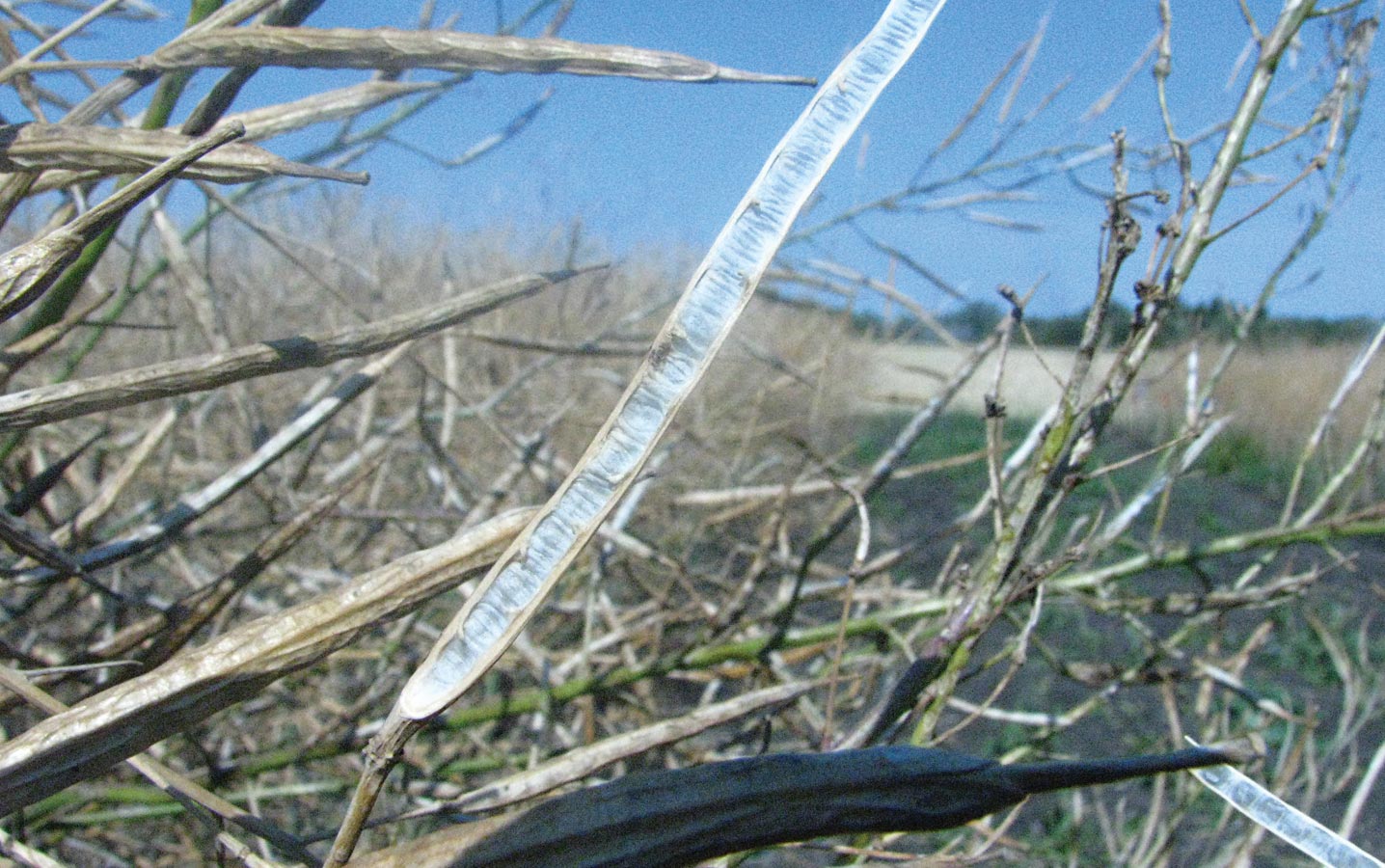
Key practice: Recommended fertilizer rates and seeding rates that provide for a competitive stand will make canola more resilient against weeds, insect damage and disease. Key research: Brandt, S.A., Agriculture and Agri-Food Canada (AAFC), et al. “Seeding Rate, Fertilizer Level and Disease Management Effects on Hybrid Versus Open Pollinated Canola (Brassica napus L.).” Effective pest...
Read More Key practice: In the seed row is the best time and place for the first 15 to 20 lb./ac. of phosphate — which is the amount most likely to produce an economic return in the year of application. However, this rate is not enough to match crop removal, which may lead to phosphorus shortages over...
Read More 
Key practice: Canola varieties with pod shatter tolerance have arrived. Pod shatter tolerance adds more flexibility for harvest timing, allowing crops to stand longer with fewer losses. Key research: Cavalieri, A., University of Manitoba, et al. “Pod Drop and Pod Shatter Are Not Closely Related in Canola.” Crop Science (2014). Gan, Y., Agriculture and Agri-Food...
Read More Key practice: Target a population of at least seven plants per square foot to maintain yield potential for canola. This target will allow for some plant mortality due to post- seeding stresses without dropping below the minimum five plants per square foot required for canola yield potential. Key research: Leeson, Julia, Agriculture and Agri-Food Canada...
Read More Key practice: In Western Canada where the growing season is short, the ideal practice is to apply all fertilizer at the time of seeding. However, if shortages are expected or crops are showing deficiencies, soil-applied applications of nitrogen or sulphur fertilizer after emergence will likely provide an economic benefit. Key research: Guy Lafond, Agriculture and...
Read More





